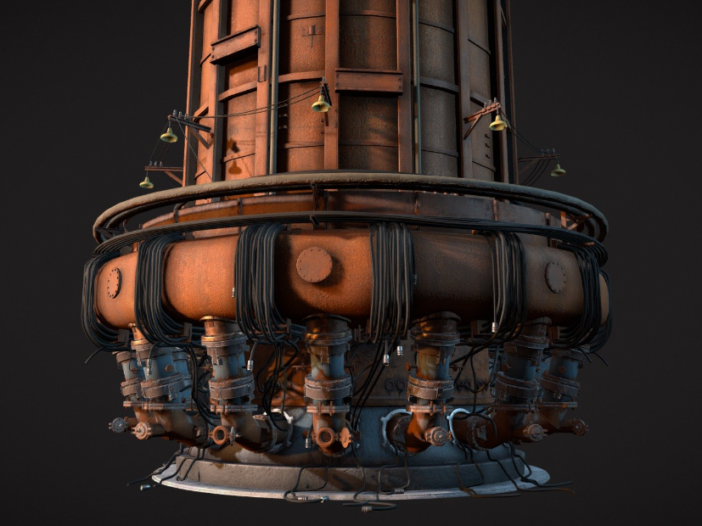
Blast furnaces reshape the steel/iron industry, allowing steel producers maximum efficiency and results. However, this is possible because of the blast furnace cooling system. The cooling system of the blast furnace is a critical component that ensures safe and efficient operation during high-temperature processes. As blast furnace technology advances, so do the blast furnace cooling systems. This article outlines the details of blast furnace cooling mechanism types and advancements in this niche.
Table of Contents
The role of cooling system in blast furnace
Before diving into the types and advancements of blast furnace cooling systems, it is important to understand the role of these cooling systems. Cooling systems are designed to help navigate the extreme heat during production. This ensures that the quality of the product is at its peak, the performance is up to the mark, and it provides a safe working environment.
Extreme temperature processes such as glass manufacturing, smelting, and chemical processes require an efficient cooling system, allowing such industries to protect critical components from overheating. Moreover, these cooling systems also ensure optimized energy consumption, leading to lower bills and operating costs.
Blast furnace cooling system explained in a nutshell
Since medieval times, furnaces have taken a new shape and continue to change the metallurgical industry. Since the furnaces are advanced, their cooling systems are also being developed. Let’s talk about the types of cooling systems available right now.
Water cooling mechanism
The blast furnace water cooling system is the traditional one that has been used for a very long time. However, it is on the path of advancement day by day using the latest technology. The water cooling system in blast furnaces leverages pipes and tuyeres (nozzles), which circulate water around important components. This leads to the absorption and effective dissipation of heat.
Talking about the advancements, water-based temperature sensors are currently being included, which helps monitor the overall systems. Additionally, smart electronic control units are being integrated, which make decisions based on parameters such as temperature, pressure, and more.
Air-based cooling systems
An air cooling system is another way of dissipating excess heat from the furnace chamber. Ambient air is used to protect critical components. Modernized air cooling systems contain a series of parts, including fans, blowers, and heat exchangers, to improve heat transfer capability.
Blast furnace stave cooling system
During the smelting process of iron/steel, high-temperature air (around 1200 degrees) is injected into the furnace. A stave plate is installed on the inner surface to protect the shell from such high temperatures. This ensures that the shell and critical components are safe from high temperatures and molten material.
Modern plate coolers are made from copper material rather than cast iron. Since copper is a good conductor of heat, it helps remove access temperature from the system. Moreover, copper plates are also good conductors of electricity. Hence, they integrate perfectly with sensors and actuators.
Hybrid cooling system
Hybrid cooling systems contain a combination of water-based cooling, air cooling, and stave cooling systems. Altogether, these work and contribute to optimized cooling of the furnace. Modern tech, such as dynamic adjustments based on real-time conditions, makes hybrid cooling systems perfect and versatile for higher-temperature applications.
Do cooling systems impact the environment?
Industries worldwide are trying hard to reduce the environmental impact and maintain the carbon footprint ratio. These cooling systems are an essential part of achieving this goal. Advancements in materials, energy consumption, and waste recovery are contributing to more eco-friendly cooling methods. For example, industries are using water recycling plants in water cooling systems. This is leading to lower water consumption while maintaining the same results.
Our say!
The advancements in cooling systems are driven by the dire need to perform better and meet sustainability goals. From traditional water cooling systems to integrating smart technologies, the evolution of cooling mechanisms continues to reshape the future. Since industries are embracing these advancements, they are seeing better results. These witnessed results are becoming the force to further improve blast furnace cooling systems in sectors.
Author:
Robert C. Green
The author is a metallurgy expert with a wealth of industry knowledge. With a passion for helping businesses optimize their processes and achieve excellence in metallurgical practices, they share valuable insights in their articles on metallurgy consulting.